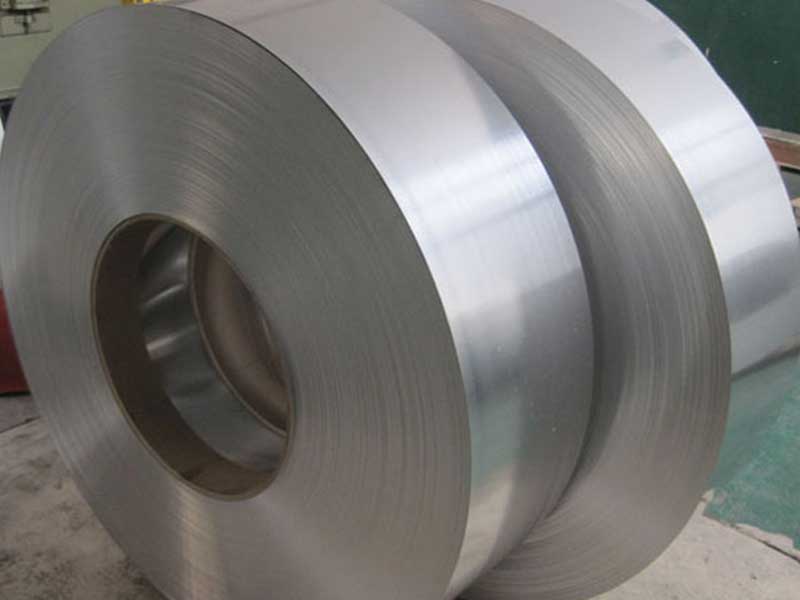The Versatile World of 1050 Aluminum Strip: Properties, Applications, and Benefits
When it comes to lightweight, durable materials, aluminum stands out, especially the 1050 aluminum strip. Known for its exceptional versatility, this specific type of aluminum alloy is widely utilized across numerous industries due to its advantageous properties. In this article, we'll dive into what makes 1050 aluminum strip such a favored choice, its unique characteristics, and its diverse applications.
What is 1050 Aluminum Strip?
1050 aluminum strip is a member of the 1000 series of aluminum alloys, which are characterized by a minimum aluminum content of 99%. In the case of the 1050 alloy, purity levels can exceed 99.5%, which grants it outstanding conductivity and excellent formability. This makes the 1050 aluminum strip an ideal solution for many industrial applications.
Key Properties of 1050 Aluminum Strip
One of the primary advantages of 1050 aluminum strip is its high thermal and electrical conductivity, making it suitable for applications requiring effective heat and electrical dissipation. Here are some key properties of 1050 aluminum strip:
-
Excellent Workability: 1050 aluminum strip is easy to machine, form, and fabricate, allowing for intricate designs and tailor-made solutions.
-
Corrosion Resistance: The aluminum oxide layer formed on the surface of 1050 aluminum strip offers robust protection against corrosion, extending the lifespan of products made from it.
-
Lightweight but Strong: Weighing significantly less than steel, 1050 aluminum strip provides a strong yet lightweight alternative for various applications.
-
Highly Reflective: Its reflective properties make it ideal for reflective barriers and decorative purposes, helping to enhance energy efficiency in buildings.
Common Applications of 1050 Aluminum Strip
Due to its advantageous properties, 1050 aluminum strip finds application in various industries:
-
Electrical and Electronic Applications: 1050 aluminum strip is widely used in the production of electrical cable materials, heat exchangers, and other electronic components given its high conductivity.
-
Construction Industry: The strip is often utilized in architectural applications such as roofing, siding, and decking due to its corrosion resistance and lightweight nature.
-
Chemical Transport and Storage: Its resistance to strong chemicals makes it a preferred choice for fabricating storage tanks, pressure vessels, and piping systems.
-
Decorative Applications: The shine and elegance of 1050 aluminum strip allow its widespread use in decorative parts, signs, and ornaments.
Manufacturing of 1050 Aluminum Strip
The production of 1050 aluminum strip involves processes like cold rolling, followed by annealing, to achieve the desired thickness and mechanical properties. Ensuring strict control over the purity during manufacturing is crucial to maintain the high-quality standards associated with 1050 aluminum strip. Manufacturers often employ advanced techniques and quality checks to ensure optimal performance in final products.
The Advantages Over Other Materials
Compared to other materials, especially non-alloys or lower-grade aluminum flexible strips, 1050 aluminum strip boasts superior ductility, improved conductivity, and enhanced resistance. These features make it indispensable in applications where reliability and efficiency are paramount, such as in heat exchangers and vibrant signage.





